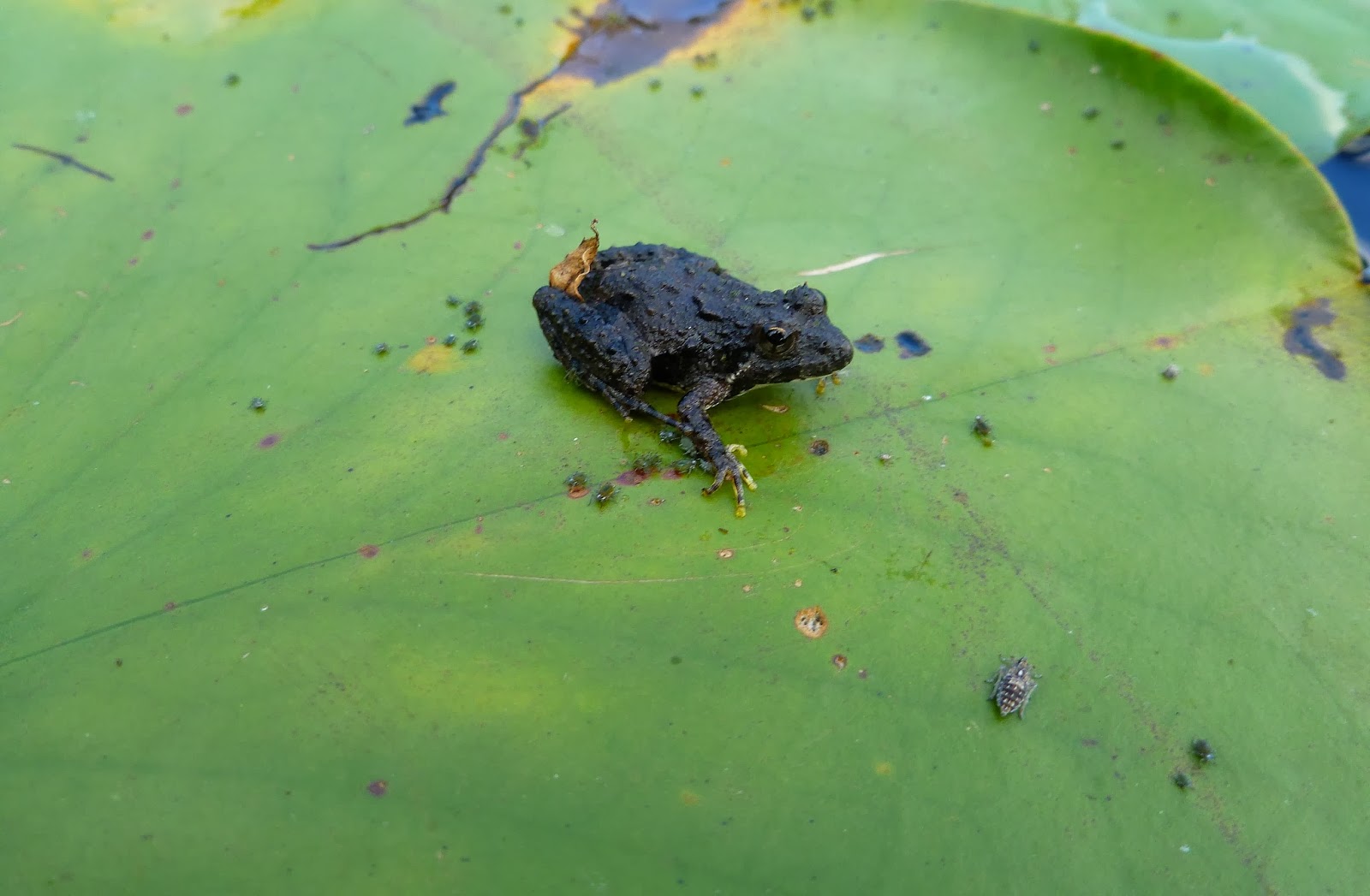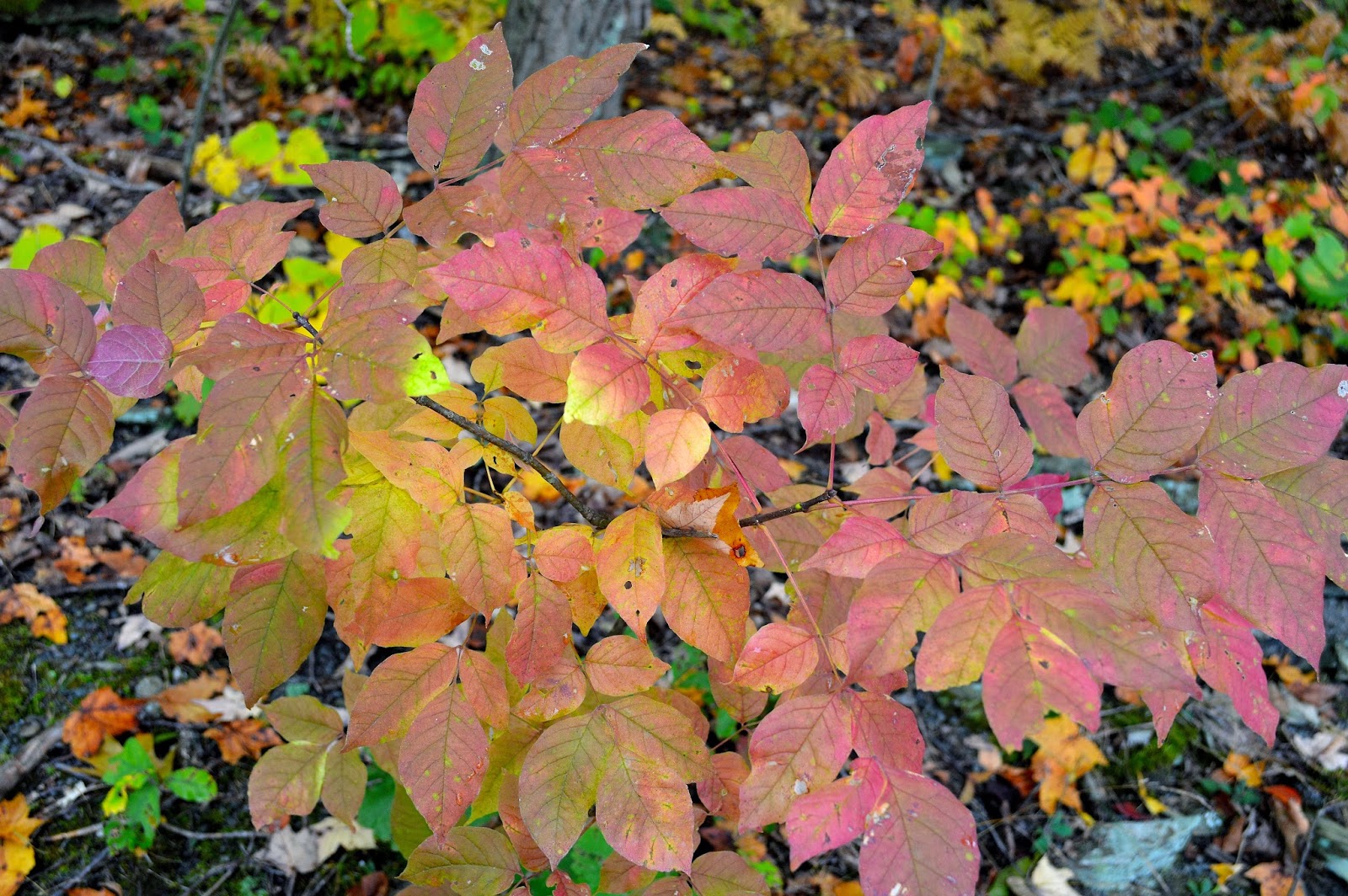There’s nothing more pleasant at the conclusion of a summer
day than to sit outside until dusk taking in the sights of nature, seeing the
life around you change as the light grows dim and the surroundings take on a
more melancholy and foreboding appearance. Such a time is perfect for
contemplation of the day’s events, but also to witness the creatures of the
night awaken, and realize how truly restless and robust this planet is—life is.
As we turn in for the night, we hand over the baton to the next set of creatures
that will continue this ceaseless relay race that isn’t set to the schedule of the
sun, but rather has its outlines only nebulously bound in the depths of
eternity. The hoot or screech of the owl, the mournful wails of the whip-poor-will,
and the epileptic flutter of the bats in shadowy outline against the rapidly
darkening sky always excited my imagination and was cause for inspiration,
undoubtedly setting the stage for vivid dreams to come.
However of late, the composition of these nocturnal creatures
has been swiftly changing. Though the owls and whip-poor-wills still hold in
relatively the same numbers, the bats—the only mammal apart from humans that
has truly mastered flight—are becoming increasingly absent from the skies,
dying in the millions. Now when I sit outside at night trying to admire what I
can that remains, I have to fend off vast swarms of mosquitoes, biting flies,
and numerous other annoying insects that love to harass man and are no longer
kept in check by those aerial predators. The time that I now devote to being
outside at twilight is diminishing every year as bat numbers further plummet,
insect levels spike, and my stress from both increases.
It’s hard to believe that all these interrelated problems are
the result of a simple fungus— a dull and obscure one at that—but still the
cause of the deadly White Nose Syndrome.
Pseudogymnoascus destructans, the white
nose fungus responsible for the mass die offs, first appeared in the U.S. in
upstate New York during the early months of 2006. Since then it has spread
throughout the entirety of the northeast and has been detected south to
Alabama. As of now it doesn’t appear to have crossed the Mississippi. While there
is debate as to its origin, it appears as though the fungus was transported to
the U.S. from Europe, as related bats there are also infected with it, although
most seem to have built up a resistance.
The fungus receives its name from its tendency to grow on the snouts of
bats, forming a small white patch that looks like a pinch of snow. It’s
damaging in the fact that the pathogen rouses bats from their hibernation
early, depleting their fat reserves, and ultimately causing them to starve to
death.
Fungi, in many cases, can be just as detrimental as even the most
virulent of viruses. Take, for example, the plight of the once ubiquitous
American chestnut tree. At the start of the 20th Century, this
species was perhaps the most common tree in eastern North America, comprising a
quarter of deciduous forests. Some
ancient specimens achieved truly gargantuan proportions, the trunks being nearly
10 feet thick and rising well over a hundred feet into the air. That is, until
another non-native fungus was accidentally introduced into the country, also,
as it happens, via New York. Within
several decades after its release into the wild, nearly every tree on the continent
was eliminated—over 99% of the population felled by spores, a multitude of
sizes smaller than a grain of sand. And so the same cycle has begun with our
bats, and is only in the earliest of stages. Unlike viral or bacterial
contagion that usually cannot survive outside its host for any significant
length of time, fungi are perfectly suited to endure the harsh environment and
be distributed vast distances on the wings of the wind, or perhaps, on the sole
of a human boot.
The Palisades Interstate Park League of Naturalists (PIPLON) has seen
firsthand how serious this decline has been. In early January members conduct
an annual wildlife count within Bear Mountain and Harriman State Parks. These
large and wild swaths of protected land on the western side of the Hudson
Highlands, historically have been the most diverse habitat in southeastern New
York, home to both rare and adrenaline inducing organisms. While still holding
many unique species in its depths, every year that passes by, so too, does time
drag away with it something of biological importance, leaving the land tamer
and less productive.
During each wildlife count an inventory of bats is undertaken in an
abandoned mine in Harriman State Park. Cranberry Mine, which actually wasn’t
dug by those seeking ore deposits, was constructed in the early part of the
last century to serve as a storage locale for dynamite that was being used in
projects to help with park construction, such as the numerous roads that allow
access to some of the more secreted lakes and other scenes of natural splendor
that would otherwise be hidden from most of the public. Burrowed into the rock, about a quarter of the
way up a gently sloping mountain, the mine is hidden from a casual glance at a
distance by a layer of oaks, that while aren’t overly dense, are exceedingly
tall, so that the eye is drawn to them and must trace the outlines of each from
the bottom to the topmost spire. It’s an ingenious cloaking device. Everything
just seems to blend together and flow naturally, as water cascading down a
waterfall. These ethereal looking trees, in conjunction with the rock of the
mountain that bows at the base, forming an amphitheater-like enclosure, creates
a wilderness cathedral. On a small knoll, a pew of this holy place, is where
those of the past chose to sink their mine into the billion year old bedrock. Not
until you reach the summit of this rise can you make out the entrance, which is
cleverly hidden from sight by being behind the knoll and dug in perpendicular
to the mountain, so that one on a head on approach to the amphitheater must
shift to the left to get a full glimpse of the opening, once lined up to it.
Apart from it being situated to exclude discovery by accident, its
perpendicular setting was probably created to provide a buffer to the nearby
Seven Lakes Drive. If, for some reason, the stored dynamite was ever to
detonate, instead of debris being hurled directly at the road, it would instead
fly parallel to it. Older dynamite could be a highly volatile substance. Many
brands of the time were essentially constituted of nitroglycerin mixed with
some type of absorbent material such as diatomaceous earth or sawdust to make
the product more stable. As the dynamite ages, the sticks may “sweat” and
crystals of pure nitroglycerin may form on the outside. Even a minor jolt or shock
to these crystals can result in a massive explosion. Today in some cases, the
nitroglycerin is being substituted by more stable explosive elements for safer
handling.
Cranberry Mine at its lengthiest point is around 200 feet long. At a
distance of about 50-60 feet in, the mine bifurcates, each leading section then
becoming much more rugged, no longer having an even floor, and the ceiling
contracts, so that you now must be conscious of every move to ensure you don’t
accidentally hit your head on the jagged rock above. The passage on the left-hand
side is the smallest of the two in all respects, and resembles much more a
natural cave than it does a man-made structure. On the floor, at the end of the
tunnel, are hundreds of dried fecal pellets of the Alleghany woodrat that are
at a bare minimum 30 years old. This species has been extirpated from this part
of the state for many years, dying off as a result from infection by raccoon
pathogens. The sole population that still resides within the state can be found
in the Palisades near the New Jersey border. The only visible traces here of
the bats that have succumbed to the fungus is the occasional slender wing bone,
each narrower than a toothpick, more resembling fish bones than anything else. The
bats which drop to the floor are quickly removed from the mine by roving scavengers,
such as the aforementioned raccoons.
The longer passage to the right, once you make it past the bifurcation,
quickly begins ascending, with a small rivulet running down the floor, making
the trek up somewhat slippery and dangerous. The farther you penetrate into the
earth, the wetter and steamier it becomes so that staying here for any length of
time will result in a thorough soaking from the omnipotent drops of water
plunging from the ceiling. It’s hard to imagine any bats wanting to hibernate
in this portion of the mine, and yet, in a very moist segment of the ceiling we
find a single little brown bat (Myotis lucifugus) clenching tightly to
the rock, visibly covered in water droplets. The wings surrounding the body
seem to act as a rudimentary rain coat. Perhaps this tiny bat resides here for
the warmth, regardless of the dampness. It must be noted that mines provide a much
more equable environment than in the open and capricious air outside. Year
round the temperatures remain about the same. In the winter it stays well above
freezing, while in summer provides refreshing relief from the oft-times
overbearing heat.
Scattered in various clusters throughout the entirety of the mine we
discover isolated pockets of the big brown bat (Eptesicus fuscus). In
certain nooks there are 2 or perhaps 3 bats nestled together, grouped so
closely it’s difficult to determine where one ends and another begins. It’s simple
to see how the fungus spreads easily with the bats so compacted. The occasional
loner is also present, unable to find a compatriot in this roomy cavern. Prior to
the fungus’ entry here, every survey turned up hundreds of individuals
comprising several species. On this January day 7 big brown bats and a single
little brown bat were recorded, giving us a grand total of 2 species and a mere
8 individuals. This precipitous decline is depressing to witness as you walk
around where there were once a multitude of slumbering mammals overhead forming
furry, brown blankets— now all you see is the cold, damp, and dismal rock, with
the addition of the occasional cave cricket hiding in the crevices of the lower
ledges, adding to the sense of loneliness and desolation.
This is just one cave of many that has experienced the punch that the
white nose fungus delivers indiscriminately.
To help lessen the spread to the few locales not yet contaminated, it’s
important to stay out of sites that bats like to frequent, such as their
favored caves and mines. As mentioned earlier the spores of the fungus can
easily hitch a ride on clothing and shoes. While bat numbers will undoubtedly continue
to fall for quite some time and certain previously rare species may
unfortunately pass into the history pages, unable to recoup their losses, it is
hoped that like their European counterparts, many will develop a resistance to
the fungus and make a rebound. We haven’t lost them entirely just yet.


.JPG)


























































.JPG)





